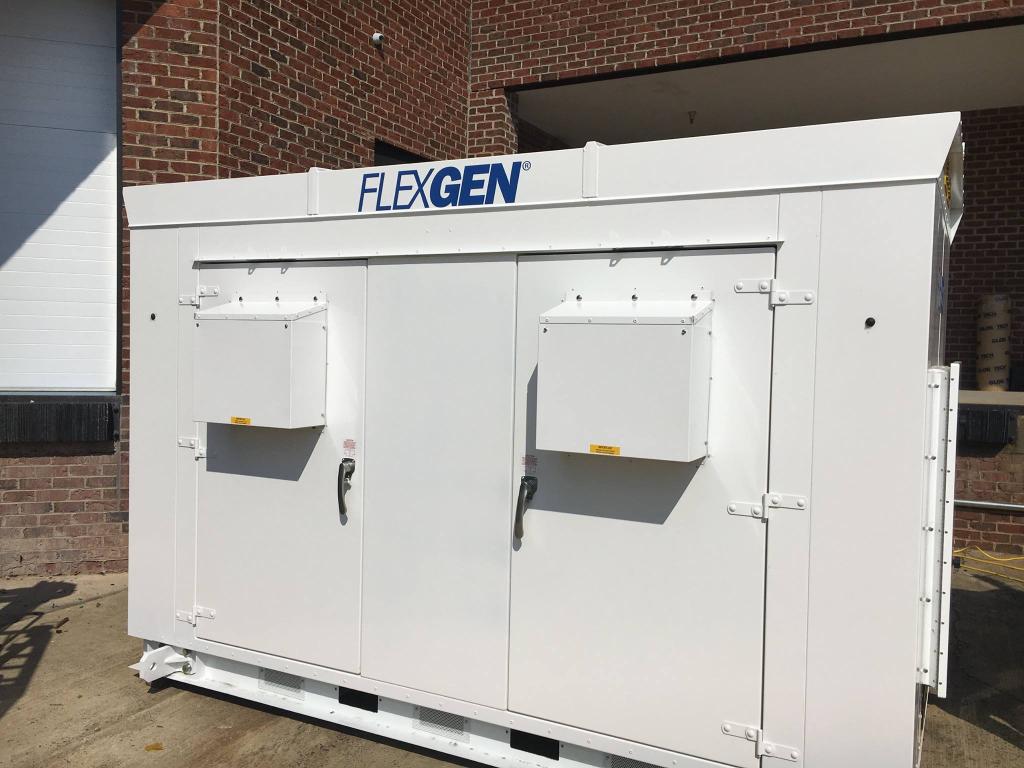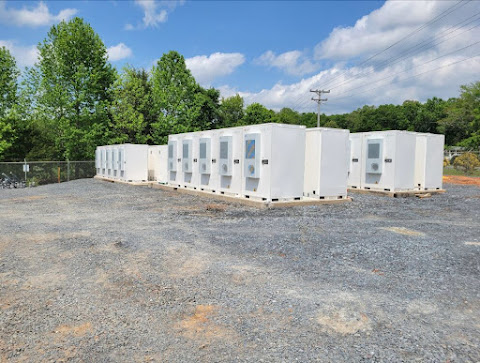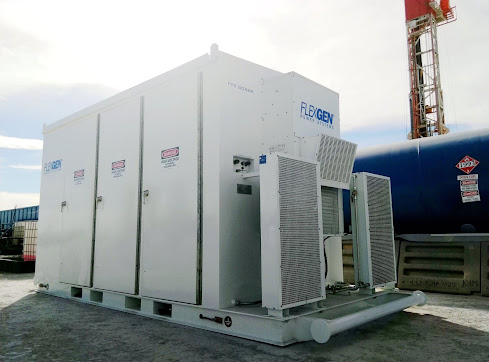Utility Scale Energy Storage
From 2035 to 2050, there will be a decrease in CAPEX of 4% (with an average annual reduction of 0.3%) in the Conservative Scenario, a decrease of 22% (with an average annual reduction of 1.5%) in the Moderate Scenario, and a decrease of 31% (with an average annual reduction of 2.1%) in the Advanced Scenario.
FlexGen Energy Storage, similar to Tesla, emerged as a significant contender in the field of utility-scale battery storage. In a swift response to the Aliso Canyon gas facility crisis, FlexGen successfully engineered a storage project within a few months. FlexGen has recently unveiled plans for the commencement of construction on a state-of-the-art battery storage facility in Southern California Edison's operational area. This groundbreaking facility, with a capacity of 400 MWh, is set to become one of the largest and most expansive battery storage installations ever established.
The expense and efficiency of the battery systems are calculated under the assumption of roughly one cycle per day. Consequently, a 4-hour device is anticipated to have a capacity factor of 16.7% (0.083). The rate at which a model is used determines its deterioration, and it may be necessary to replace systems at some point within the period of analysis. In order to establish a base value for ATB, we employ the capacity factor of a 4-hour device as it is expected to be more commonly found in the utility-scale market.


